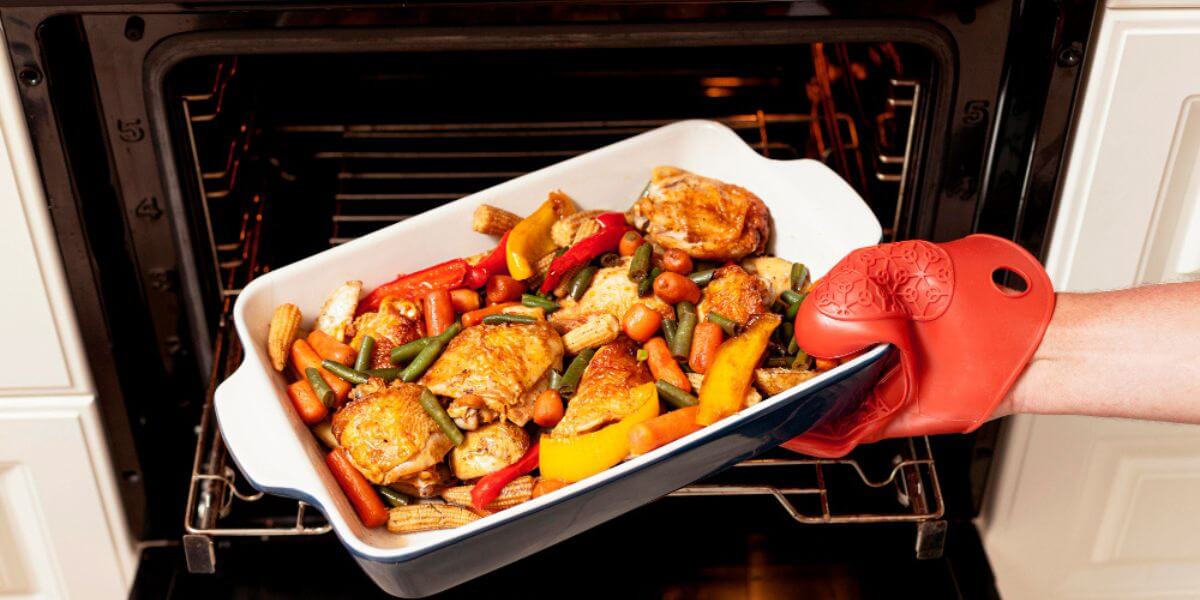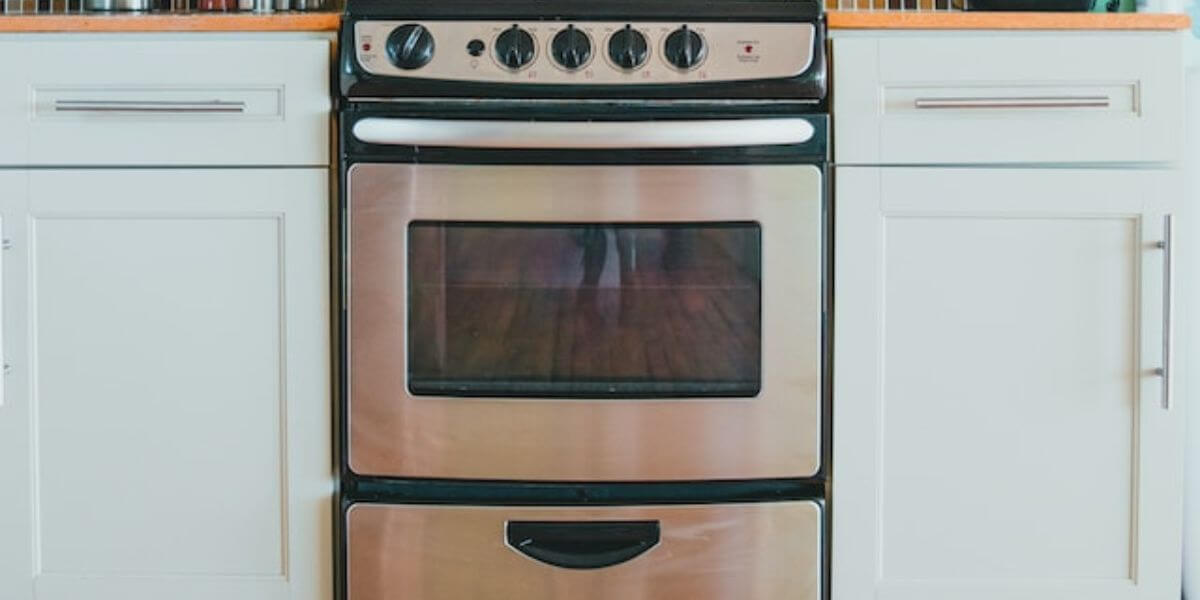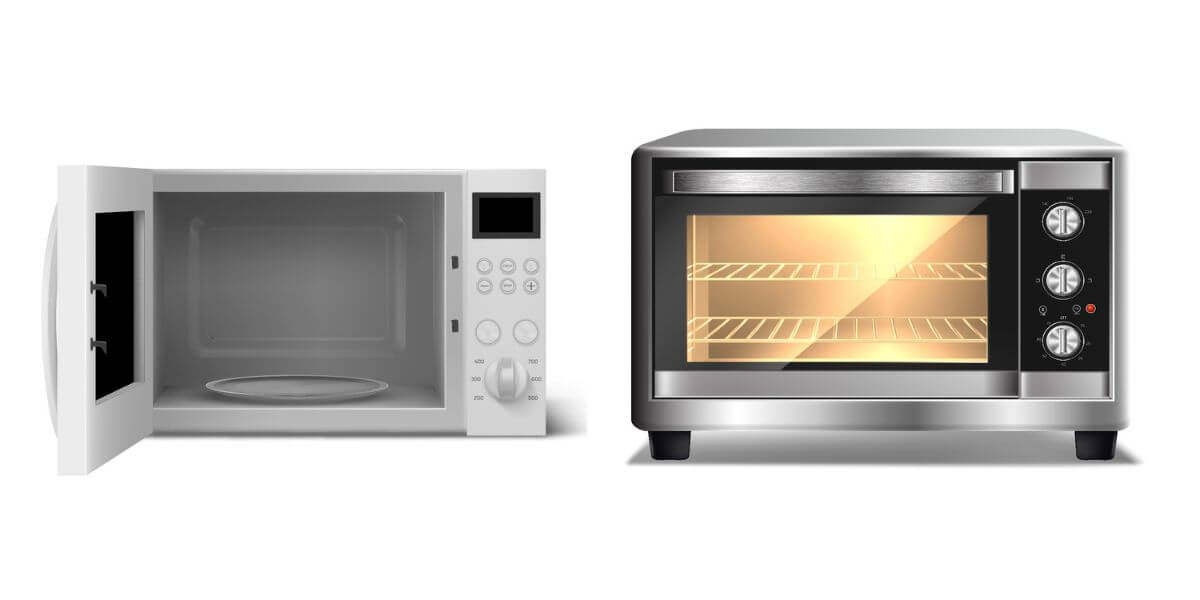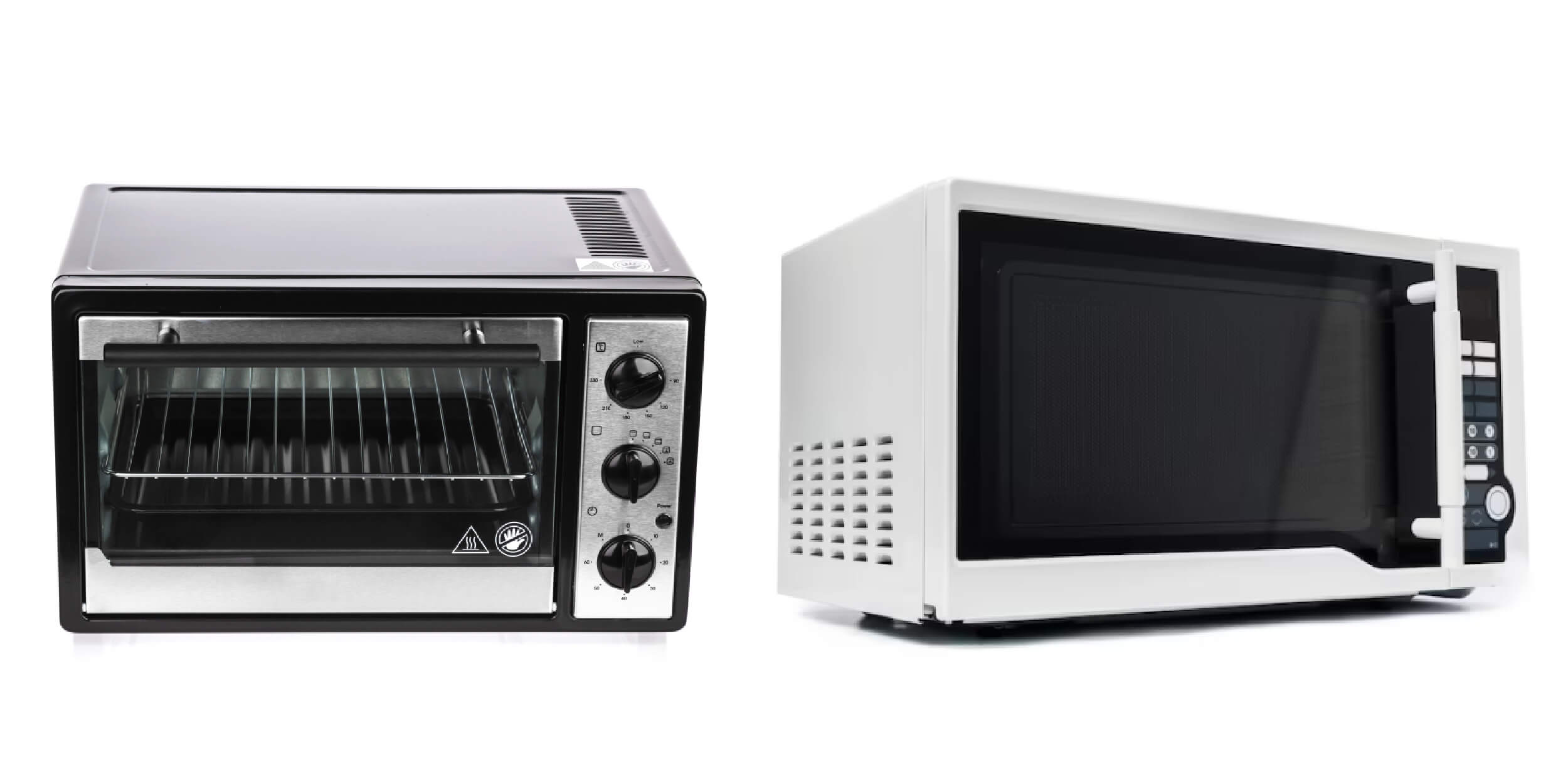Can Paper Plates Go in the Microwave? Explained and Tested
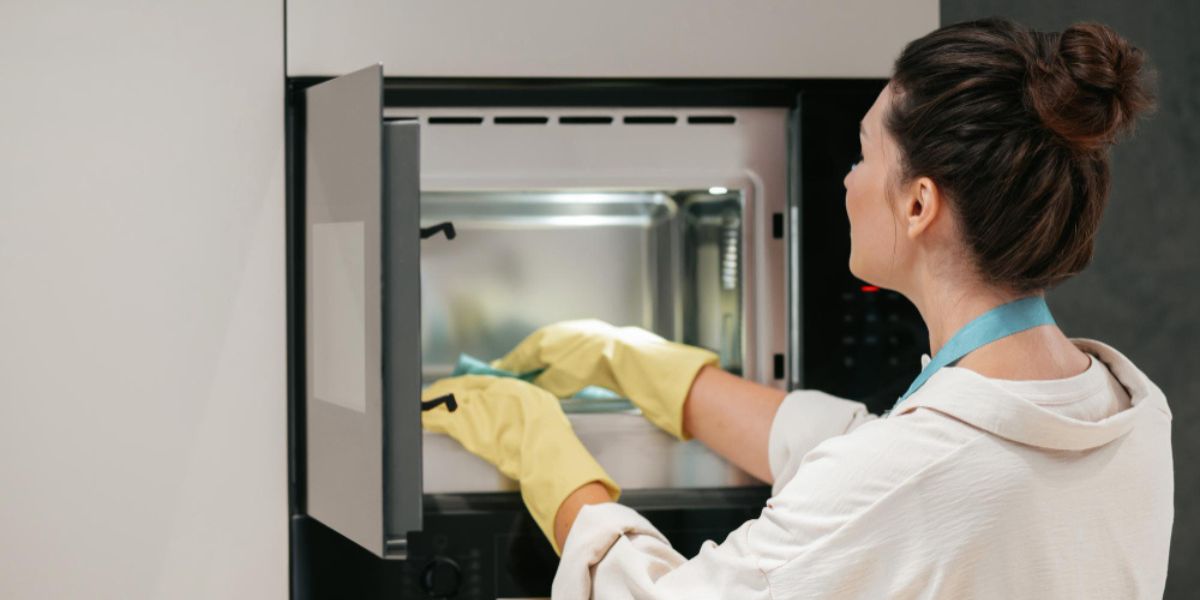

Microwaves have become an indispensable kitchen appliance, providing convenience and quick heating for various food items. However, when it comes to using microwave-safe containers, there often needs to be more clarity about whether paper plates can be used safely in the microwave. This article will explore the safety of microwaving paper plates, potential toxicity concerns, and fire risks. We will also provide some tips for using them in the microwave.
Is It Safe to Microwave Paper Plates?
Yes, it is generally safe to microwave paper plates, but there are some important considerations to remember. Paper plates are designed to handle low heat levels, such as those from hot food items, but they may not withstand the prolonged and intense heat generated by microwaves. As a result, using paper plate in the microwave can lead to issues like warping, charring, or even catching fire if not used correctly.
Are Microwave Paper Plate Toxic?
The safety of microwave paper plates largely depends on the manufacturing process and the materials used. Some paper plates may contain harmful chemicals or dyes that could leach into your food when exposed to high temperatures. To ensure safety, always opt for microwave-safe paper plates specifically designed to withstand microwave heating without posing health risks.
Can a Paper Plate in the Microwave Catch Fire?
Yes, a paper plate in the microwave can catch fire if exposed to excessive heat. When microwaving food on a paper plate, the plate may become too hot, and if there are any grease or oil residues on it, it can ignite. Therefore, it’s crucial to avoid microwaving paper plates for extended periods or using them for cooking high-fat content foods.
Can You Microwave the Paper Plate Safely?
Yes, you can microwave a paper plate safely, but you must take precautions. When using a microwave, it’s essential to use microwave-safe labeled paper plates to avoid any potential risks. Also, never use paper plate with metallic elements or designs, as they can cause sparks and damage the microwave.
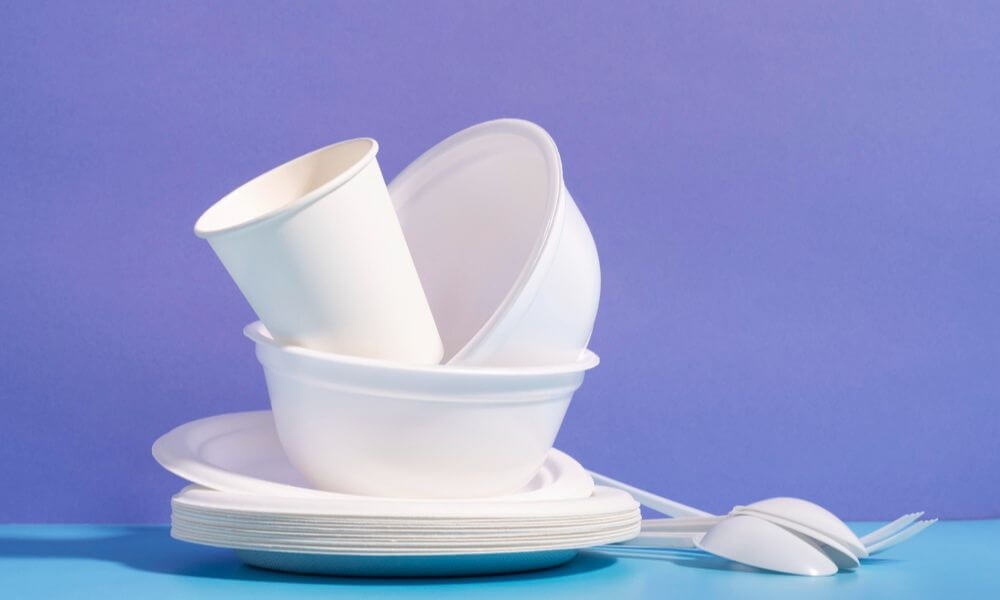
How Do You Microwave Paper Plate?
To microwave paper plates safely, follow these steps:
Place the food on the paper plate: Arrange the food evenly to avoid overcrowding.
Use a microwave-safe cover: Cover the food with a microwave-safe lid or plastic wrap to retain moisture and prevent splattering.
Set the microwave power level: When reheating or cooking, use a lower power setting to distribute heat more evenly and reduce the plate’s risk of overheating.
Monitor the process: Keep an eye on the microwave in operation to ensure that the paper plate doesn’t warp or char.
How Long Can You Microwave Paper Plate?
The time you can safely microwave paper plates varies depending on the power of your microwave and the type of food being heated. Generally, it’s best to microwave in short intervals and check the progress frequently to prevent overheating. Typically, most foods can reheat or cook on a paper plate within 2-3 minutes.
Tips to Microwave Paper Plates
Opt for microwave-safe plates: Always choose paper plate labeled microwave-safe to ensure they can withstand the heat.
Avoid high-fat foods: Refrain from using paper plates to microwave foods with high-fat content, as they increase the fire risk.
Use a microwave-safe cover: Covering the food with a lid or wrap prevents messes and retains moisture.
Microwave in intervals: If you need to microwave for an extended time, do it in short breaks, allowing the plate to cool slightly between heating cycles.
WHICH TYPES OF PAPER PLATES ARE SAFE?
When selecting paper plates for use in the microwave, look for products labeled as “microwave-safe” or “safe for use in the microwave.” These plates are specially designed to withstand the heat generated by microwaves, ensuring a safe and convenient heating experience.
HOW TO TEST A PAPER PLATE
You may perform a simple test if you are still determining whether a paper plate is microwave-safe. Place an empty paper plate in the microwave alongside a cup of water. Microwave the items on high for 30 seconds. If the plate remains cool and the water in the mug heats up, the plate is likely microwave-safe. However, if the plate becomes hot or starts to burn, it is not safe for microwave use.
So, Can Paper Plates Go in the Microwave?
In conclusion, microwaving paper plates can be safe and convenient if you follow some essential guidelines. Always use microwave-safe paper plate to avoid hazards like charring or catching fire. Please take caution when microwaving high-fat content foods, as they can increase the risk of overheating the plate. Use microwave-safe covers to prevent splattering and retain moisture during heating. Remember to microwave in short intervals and monitor the process to ensure the paper plate doesn’t warp or burn.
By being mindful of these tips and using the appropriate paper plate, you can confidently use your microwave for quick and easy reheating or cooking without compromising safety. Enjoy the convenience of microwaving, but always prioritize safety and use the right tools.
Frequently Asked Questions
Can I use regular paper plates in the microwave?
Paper plate is not designed to withstand microwave heating and may catch fire. Use only microwave-safe paper plates.
Can I microwave a paper plate with food covered in plastic wrap?
Yes, but ensure the plastic wrap label is microwave-safe and leave a small vent for steam to escape.
Can I reuse a microwave-safe paper plate?
Reusing disposable paper plate is generally not recommended, even if they are labeled as microwave-safe.
Can I microwave paper plates with metallic designs?
No, microwaving paper plate with metallic elements or designs can cause sparks and damage the microwave.
Are paper plates biodegradable?
Many paper plates are biodegradable, but some may have a wax or plastic coating, reducing their biodegradability.
